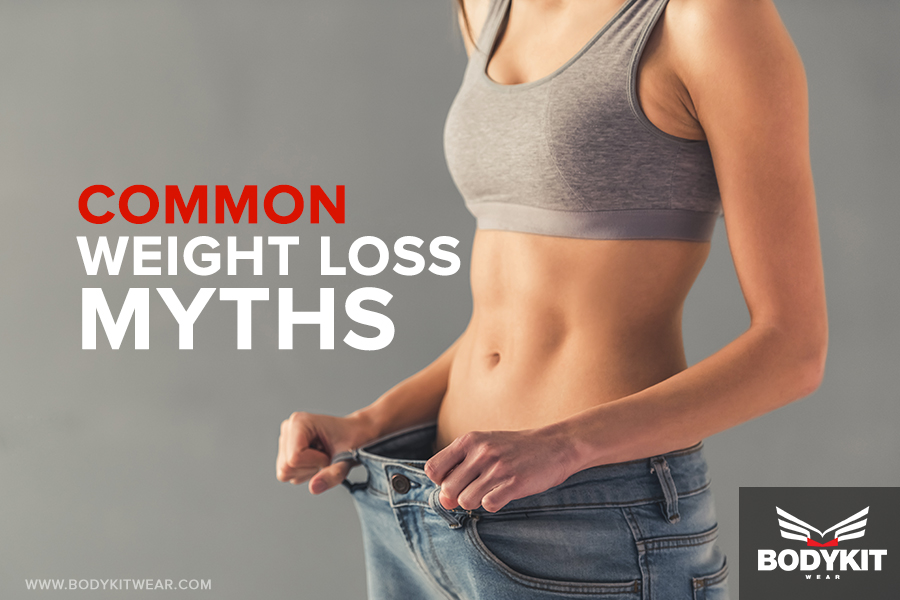Common Weight Loss Myths Debunked
Myth #1
When it Comes to Weight Loss, QUANTITY, NOT QUALITY is the Name of the Game
There’s no easier way to say it. Burning fat requires expending more calories than you consume. Your body functions on three macronutrients; protein, fat (the nutrient, not the squishy stuff), and carbohydrates. What do these macros do for your temple? Proteins build, maintain, and repair muscle. Each gram is worth about four calories. Fats absorb important vitamins and aid in testosterone production (necessary for building muscle AND burning fat). One gram of fat = nine calories. Carbohydrates provide energy, and account for four calories per unit. A more detailed explanation of macros can be found here. The idea is to maintain a healthy macronutrient balance that amounts to less calories than you consume.
Myth #2
You Choose Where Fat is Burned
Actually, there is one way to selectively reduce your fat, it’s called liposuction. But unless you’re ecstatic about the idea of dropping roughly $1,200 on vacuuming your tummy, and subsequently your wallet, it turns out that overall body fat reduction is, and will remain the only effective means of exorcising that holiday weight. To do this? You guessed it. You must create a negative caloric balance and your body will decide where it wants to pillage its fat stores from. Numerous studies have been conducted regarding this dead horse-beaten fitness myth. You can read about one of them here.
Myth #3
Negative Caloric Balance = Fat Burned
Wait, didn’t I just say that a negative caloric balance burns fat? It does. However, while you’re tracking your progress via my fitness pal and a growing array of shirtless mirror selfies, remember that not all weight loss is comprised of fat. Water is stored throughout your entire body, and a stored form of energy known as glycogen hides in both your muscles and liver. These sources of body weight will also deplete to varying levels while losing mass. Notice how after a long jog your muscles look flatter? That would be the now missing glycogen. Yes, you will lose fat by maintaining a negative caloric balance, just understand that there are other components to the weight-loss equation.
Myth #4
Do More Cardio
I hate to break it to you, but all those hours spent on the elliptical are doing less than you think they are to scorch that stubborn fat. While engaging in steady-state cardiovascular exercises, your body is only burning calories during exercise. However, when the body is performing higher intensity, resistance-based exercises, it will continue to burn residual calories long after you’ve changed out of those gym shorts. Your body is literally forced burn its fat stores to maintain performance levels. Additionally, more muscle means more calories consumed. Think about it. Who boasts a more impressive, chiseled physique? The marathon runner or the sprinter? While kicking cardio to the curb altogether is not necessary, incorporate high intensity interval or circuit training for better fat burning results.
Hopefully this provides insight as to why common fat loss myths continue to invade the minds of many, and thus impede progress. If all else fails, just remember, when it comes to fat loss:
Quantity > Quality
You can’t spot reduce
Fat is not the only weight you’re dropping
Don’t become overly attached to that treadmill

